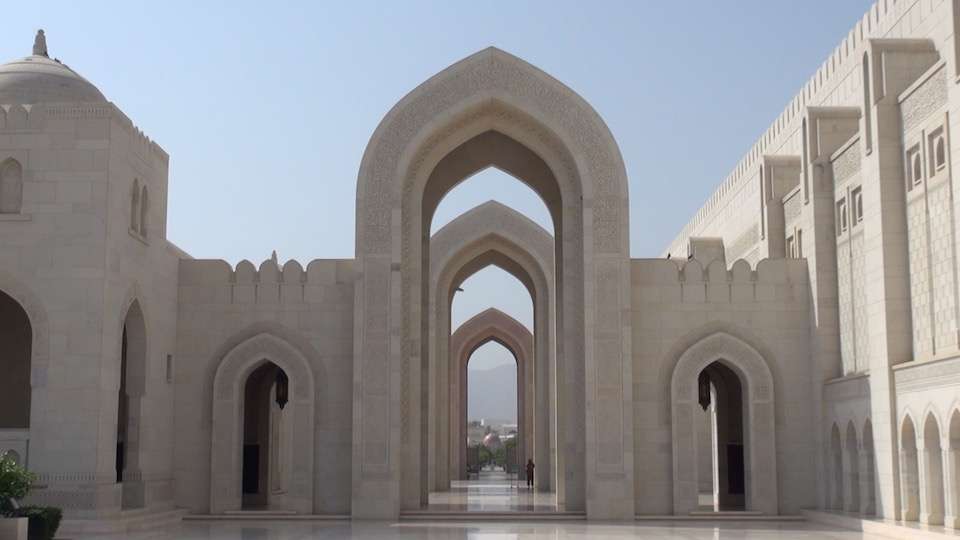Amman – white stone city of hills
One of the oldest continuously inhabited cities in the world, Amman is the capital and most populous city of the Hashemite Kingdom of Jordan.
Amman is considered one of the most “westernized” and liberal cities in the Arab World, has become one of the most popular destinations for “Western” ex-pats and college students who seek to live, study, or work in the Middle East or the Arab World in general.
Nightclubs, music bars and shisha lounges have sprouted across Amman, changing the city’s old image as the conservative capital of the kingdom. Jordan‘s young population is helping shape this new burgeoning nightlife scene.
Amman forms a great base for exploring Jordan and does, despite popular belief, hold a few items of interest to the traveller. The city is reasonably well-organized, and the people are welcoming and friendly to any foreign visitors, you will often hear them say “Welcome to Jordan”.
Amman is not particularly attractive but it does buzz with life, it has an energy about it. Rough on the edge, cracked and showing wear, the compact Old Town is dense and crowded with traffic. Shops and sellers expand onto the limited pavements with pedestrians squeezed. Urban beautification is going on (as of early 2011) in the city centre (old town), which is being cleaned up and made more pedestrian-friendly.
Souks and markets, ancient roman theatres and hilltop citadel with views. Amman‘s roads have a reputation of being very steep and narrow in some of the underdeveloped parts of the city. The steep terrain and heavy traffic remain challenging for pedestrians. Dirty paths and many long stairs mean your gluteus maximus gets worked if you choose to walk this compact and manageable city. Personal safety is high in Amman – it is safe to walk anywhere in the city at any time of day or night.
Amman is situated in a hilly area of north-western Jordan, originally built on seven hills, but now spans over an area of nineteen hills (each known as a Jabal, Tál, Mount or Mountain). The main areas of Amman gain their names from the hills and mountains on whose slopes they lie. West Amman is a lively, modern city. The eastern part of the city, where the majority of Amman‘s residents live, is predominantly the residential area of the working class and is much older than the west.
A city built of white stone, Amman‘s growth has skyrocketed since it was made the capital of Trans-Jordan in the early 1920s, but especially after the 1948 and 1967 wars with Israel when hundreds of thousands of Palestinian refugees settled. Another wave arrived after the second Iraq war, with Iraqi refugees forming the majority of newcomers.
Its history, however, goes back many millennia. The settlement mentioned in the Bible. It became a great Roman trade centre and was renamed Philadelphia. After the Islamic conquests, Amman became part of the Muslim empire, until the Ottomans were forced out by the Allies, with the help of the Hashimites, who formed a monarchy that continues to rule until the present.
Much of Amman‘s tourism is focused in the older downtown area, which is centred around the old souk (a colourful traditional market) and the King Hussein Mosque. The city centre area, known locally as al-Balad, has been completely dwarfed by the sprawling urban area that surrounds it. Despite the changes, much remains of its old character. The capital’s greatest souks, fine museums, ancient constructions, monuments, and cultural sites are found in Jabal Amman.
The Citadel hill of Amman, known as Jabal al-Qal’ a, located in the centre of both ancient and modern Amman, is home to the Temple of Hercules which is said to have been constructed under the Roman Emperor Marcus Aurelius who reigned from 161 to 180 AD. It dates back to Roman and Byzantine times, and later work was carried out in the early Islamic era. Remains unearthed at the northern and eastern ends of the Citadel, possibly dating back to the Bronze Age. The Byzantine Church, dating to the 5th-6th centuries also sits atop the hill. The National Archaeological Museum, situated on the Citadel, is a small museum but interesting collection of antiquities from all over Jordan. Fragments of the Dead Sea Scrolls which used to be housed here are now being transferred to the new National Museum of Jordan.
The impressive Roman forum and the Roman Theatre — the largest theatre in Jordan — with room for 6,000 spectators. Thought to have been built between 138 and 161 AD by the Roman Emperor Antoninus Pius, it is constructed into the side of the mountain and is still used for sports displays and cultural events.
The newest of mosques is the enormous King Abdullah I Mosque, built between 1982 and 1989. It is capped by a magnificent blue mosaic dome beneath which 3,000 Muslims may offer prayer. The most unusual mosque in Amman is the Abu Darweesh Mosque atop Jabal Ashrafieh (the highest point in the city). It is covered with a black and white checkered pattern and is unique to Jordan. It is visible from quite some distance.
Rainbow St. near the 1st Circle in Jabal Amman is an interesting area to walk around and explore, it is named after the old Rainbow Cinema which is now out of use, but the area has been recently experiencing a revival with many of the old houses being restored and put into use, in the area, there are some cafes and bars including Books@cafe and Wild Jordan both with great views, a Hammam, the Royal Film Commission which sometimes holds outdoor screenings on its patio and some interesting small shops.
A visit to Jordan wouldn’t be complete without spending some time in Amman, which has a much more metropolitan and urban energy. This is modern Jordan and a city that looks to be building itself to make any visitor welcome.






